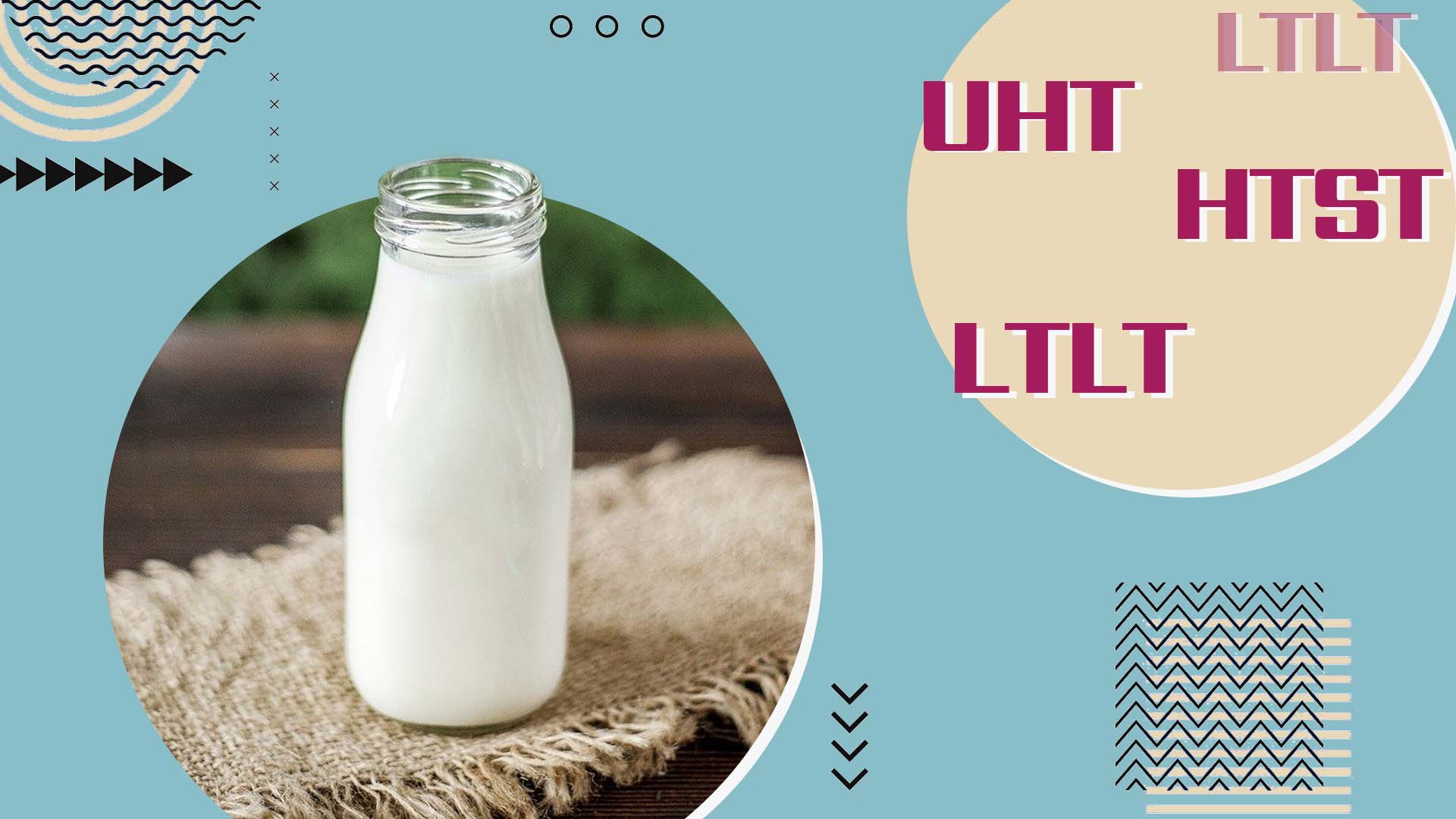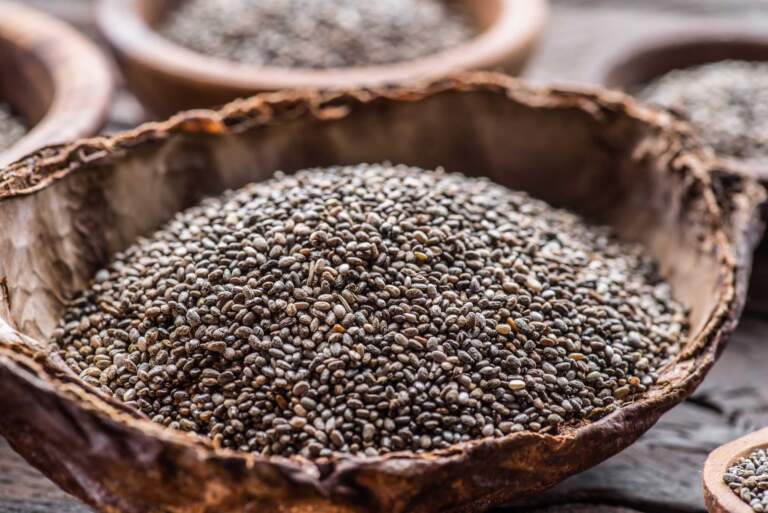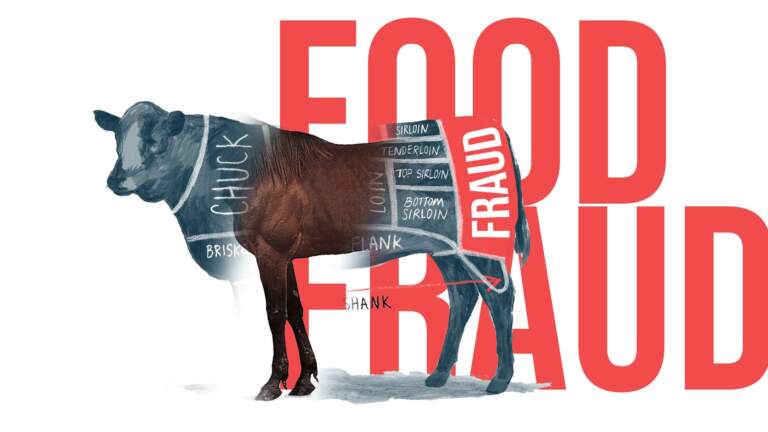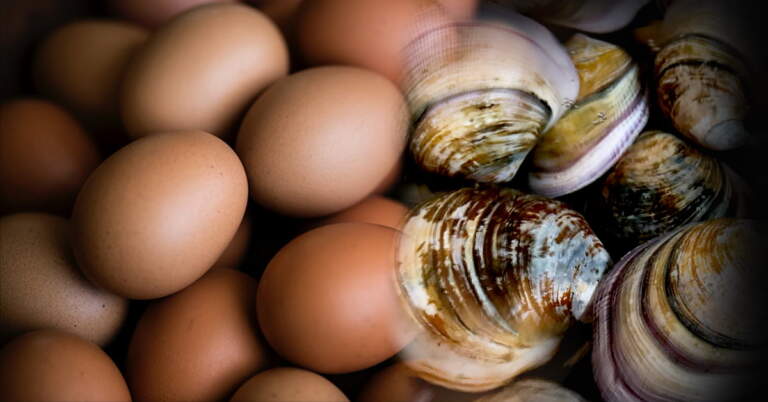We all have heard about pasteurized milk and also consumed it most of the times. Milk always processed by this method. Also, there are different food product such as fruit juices, wine, eggs. We all are curious to know about this pasteurization process, definition, types and temperature used in this process. This process is mostly and widely used preservation technique in food industries.
So, In this article, we are going to discuss different types of pasteurization process and its applications.
What is the definition of pasteurization?
The heat treatment is given to the liquid food with the proper time and temperature combination, followed by cooling to reduce microorganism and to increase its shelf life.’ However, the pasteurization process carried out at different food at different temperature and time combination.
This definition of pasteurization might be easy but we can do it by using more technical terms.
So we will look at it one by one
History of pasteurization
This process invented by the Louis Pasteur(1822–1895) In the 1860s and named after his name. Pasteur had trained in science and was working at the University of Lille, France when some winemakers invited him to solve a problem they were having: He finds that wine undergoes abnormal fermentation process which causes its spoilage.
He studied that by giving suitable temperature treatment to the wine can be used to prevent abnormal fermentation. further, this process is used in the processing of different liquid food product such as fruit juices vines liquid eggs etc.

Different types of pasteurization
LTLT pasteurization (low-temperature long time)
In this type of pasteurization process the liquid food products. The temperature and time combination used in this type of process at 62.5°C at for 30-minute duration, the liquid food heated and cool down below 4 degree Celsius. This type of pasteurization also known as VAT pasteurization
HTST pasteurization
Also known as Flash pasteurization, one of the most common methods of pasteurization, also known as the continuous method. The temperature used in this method around 72°C for 15 seconds followed by rapid cooling.
The temperature of this method varies with different factors. Example the fat content of the milk product is 10% or greater and the total solids of 18% or greater or it contains added sweeteners the temperature shall be increased by 3°C. Also, this HTST pasteurization method is most frequently and widely used in industries. Because this method provides a continuous process with efficiency and effectively destroys microorganisms in milk or and other liquid products
UHT Pasteurization
UHT pasteurization is known as Ultra-High Temperature, this type of pasteurization milk or liquid food heated to a temperature range between 138°C to 150°C for one or two seconds, after the process, the product hermetically sealed in a container the benefit of this process that UHT treated milk may be stored without refrigeration for several months. It is also known as Ultra-pasteurization.
| Process | Heating temperature/holding time |
| Vat pasteurization (LTLT) | 62.5°C/30 minutes |
| HTST(High-Temperature short time) | 72°C/15 seconds |
| UHT(Ultra High Temperature) | 138°C/2 seconds |
How Pasteurization Works
The main objective of the pasteurisation process is killing of harmful pathogens and microorganisms that spoil the food. Addition, to that som enzymes, also get inactivated.
Particularly, Food pasteurized, by flowing through tubes. Heat applied directly or using steam/hot water in one portion. Followed by cooling. There is strict monitoring of the temperature and duration of the stages. Food also pasteurized after packaging by heating the packaging material Example. Milk filled in Glass bottles heated.
While Coxiella burnetii currently recognized in milk as the most heat-resistant non-sporulating pathogen likely to be present. Until the importance of Listeria monocytogenes identified, C. burnetii selected as the heat treatment indicator organism for pasteurization.
Effect of pasteurization on food
This process helps to reduce dangerous pathogens from food also increase the shelf life of food. However, it also affects its physical and nutritional properties of food. Few studies also state that there are pasteurization increases vitamin A concentration, decreases vitamin B2 concentration, and affects several other vitamins for which milk is not a major nutritional source. There are no major changes in the texture and colour of pasteurized milk.
However, In fruit juices, the effect of time and temperature combination of pasteurization main effect on nutritional properties of juices such as a decrease in vitamin c and no loss of there colour, the nutritional loss is not that much destructive that lose the real nutrition value of fruit juices. Also, the texture, flavour and A small loss of volatile aroma compounds during pasteurization of juices causes a reduction in quality and may also unmask other ‘cooked’ flavours.
Source:
- Fellows, P.J (2017). Food Processing Technology Principles and Practice. Woodhead Publishing Series in Food Science, Technology and Nutrition. pp. 563–578. ISBN 978-0-08-101907-8.
- IDFA- International Dairy Foods Association.




